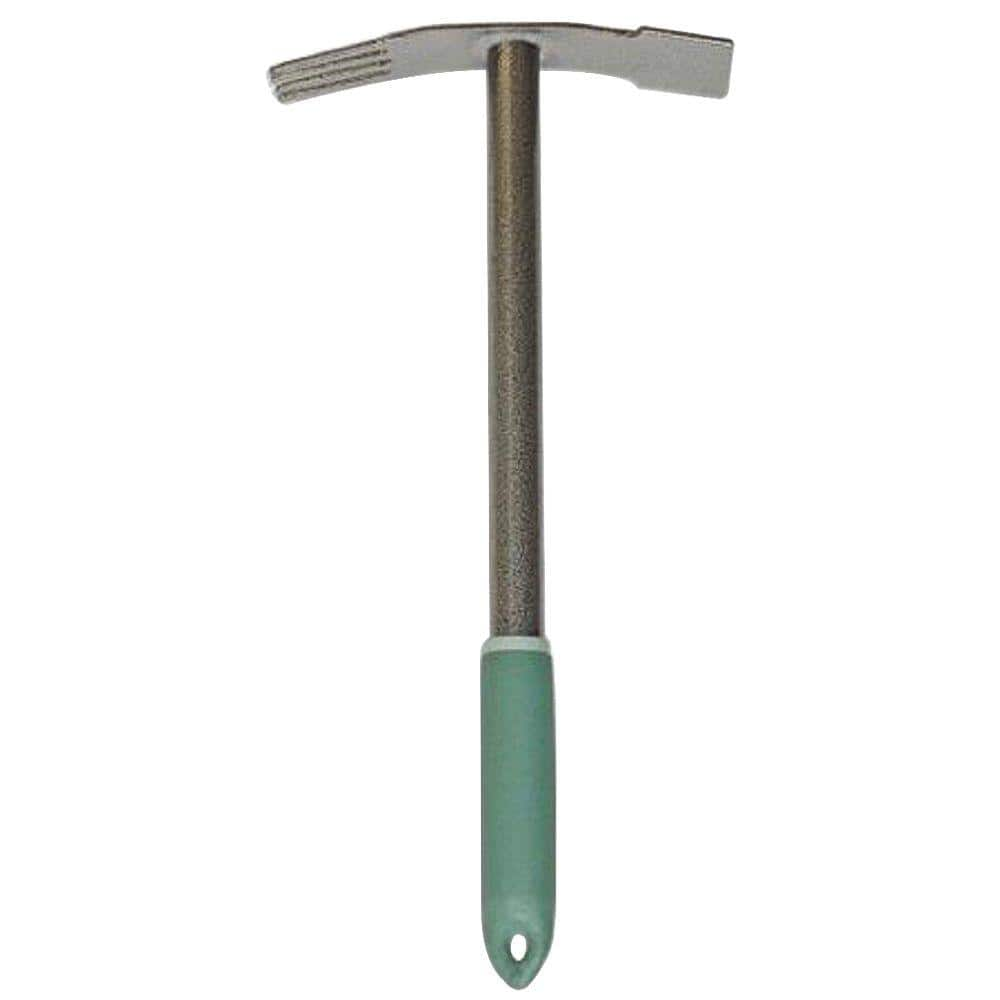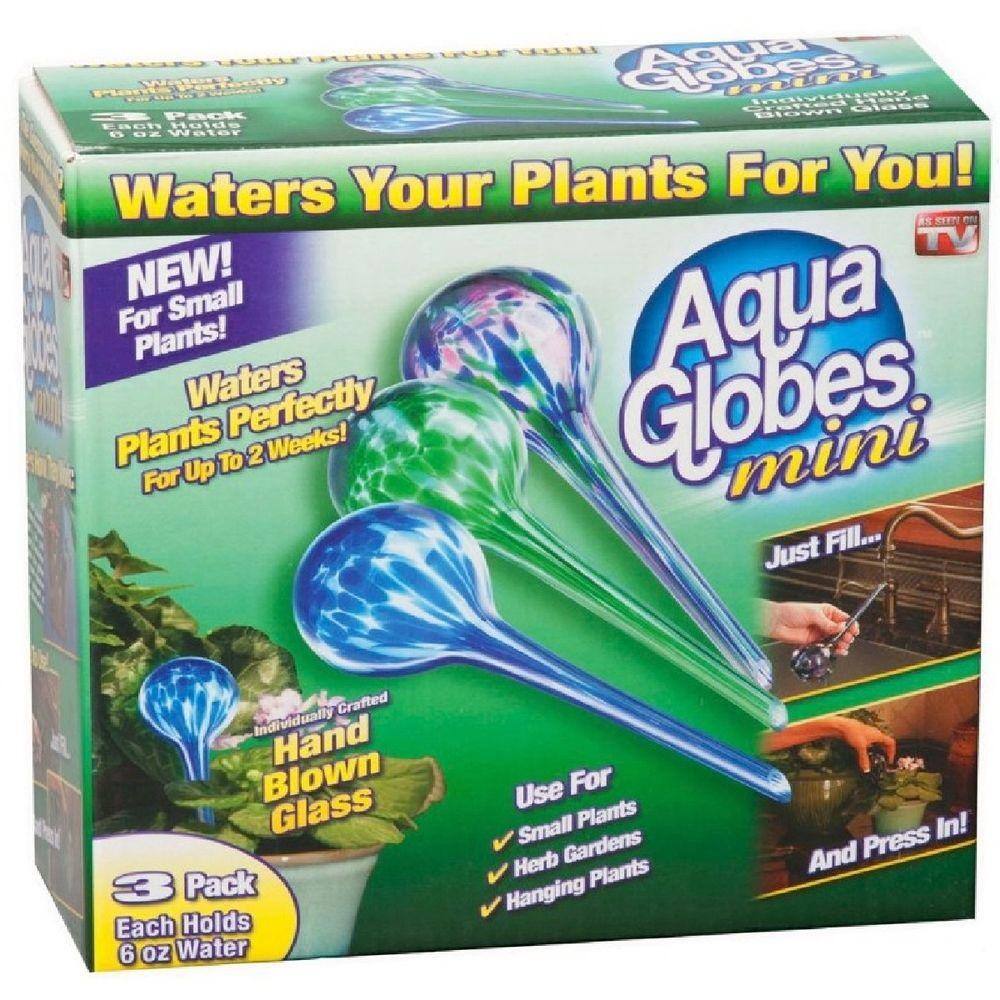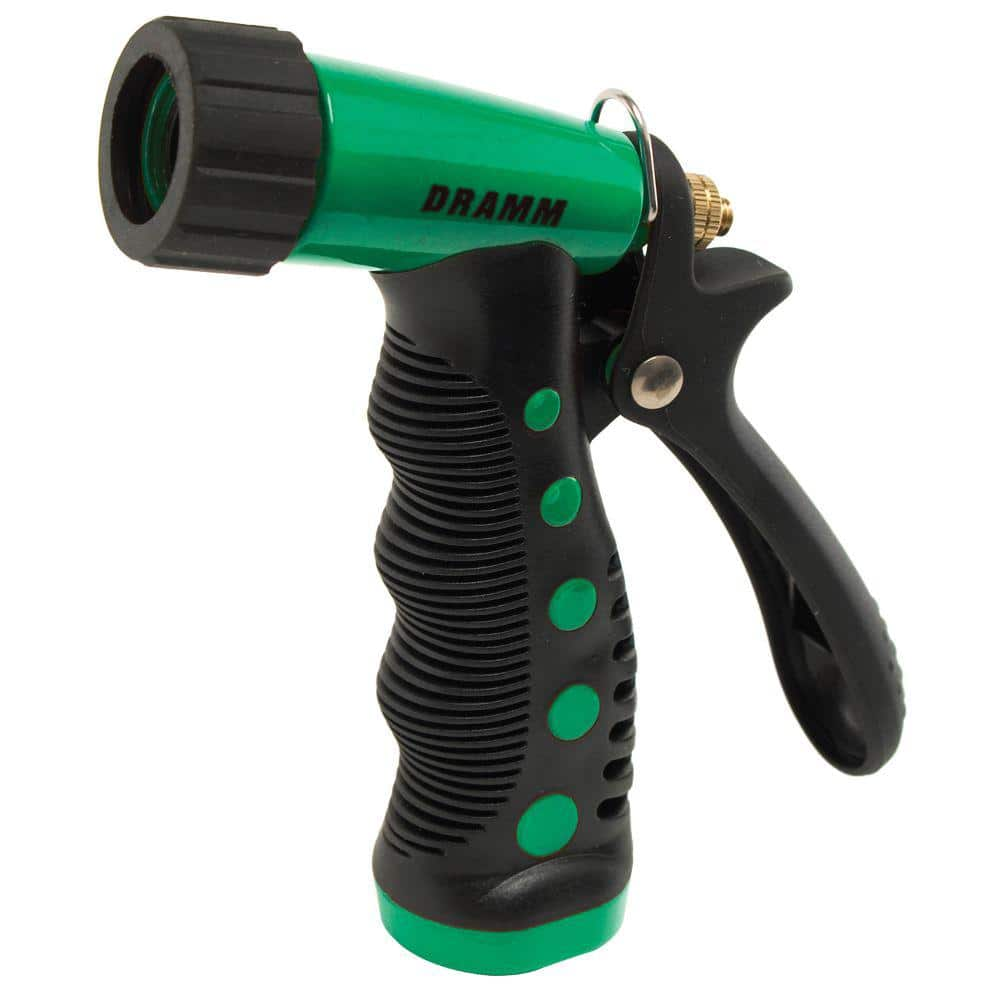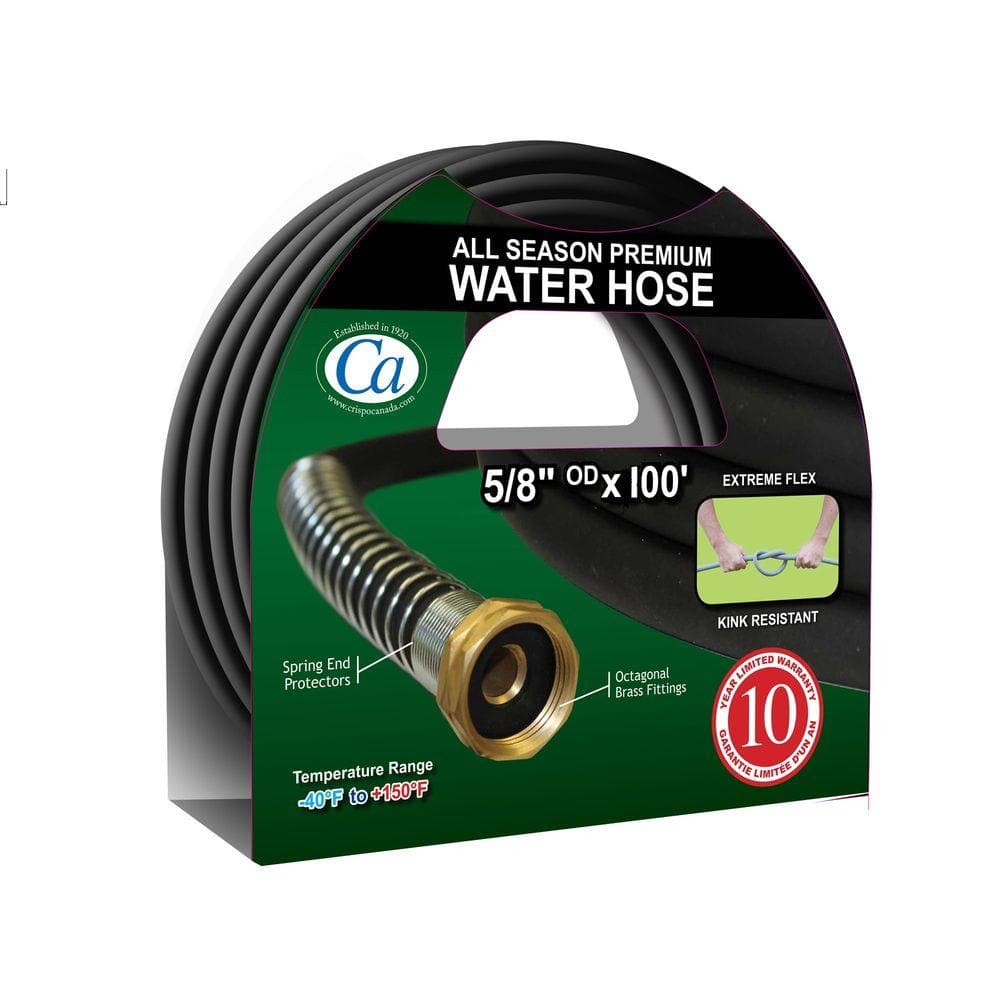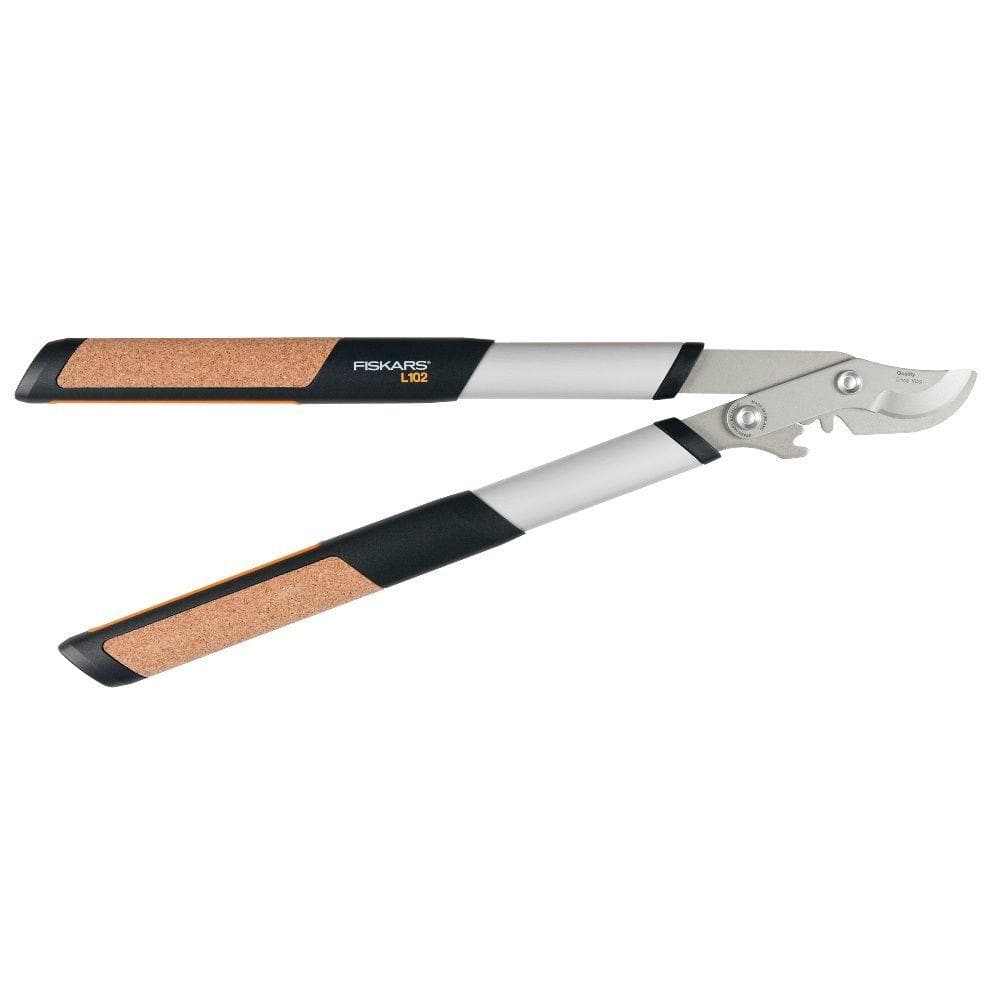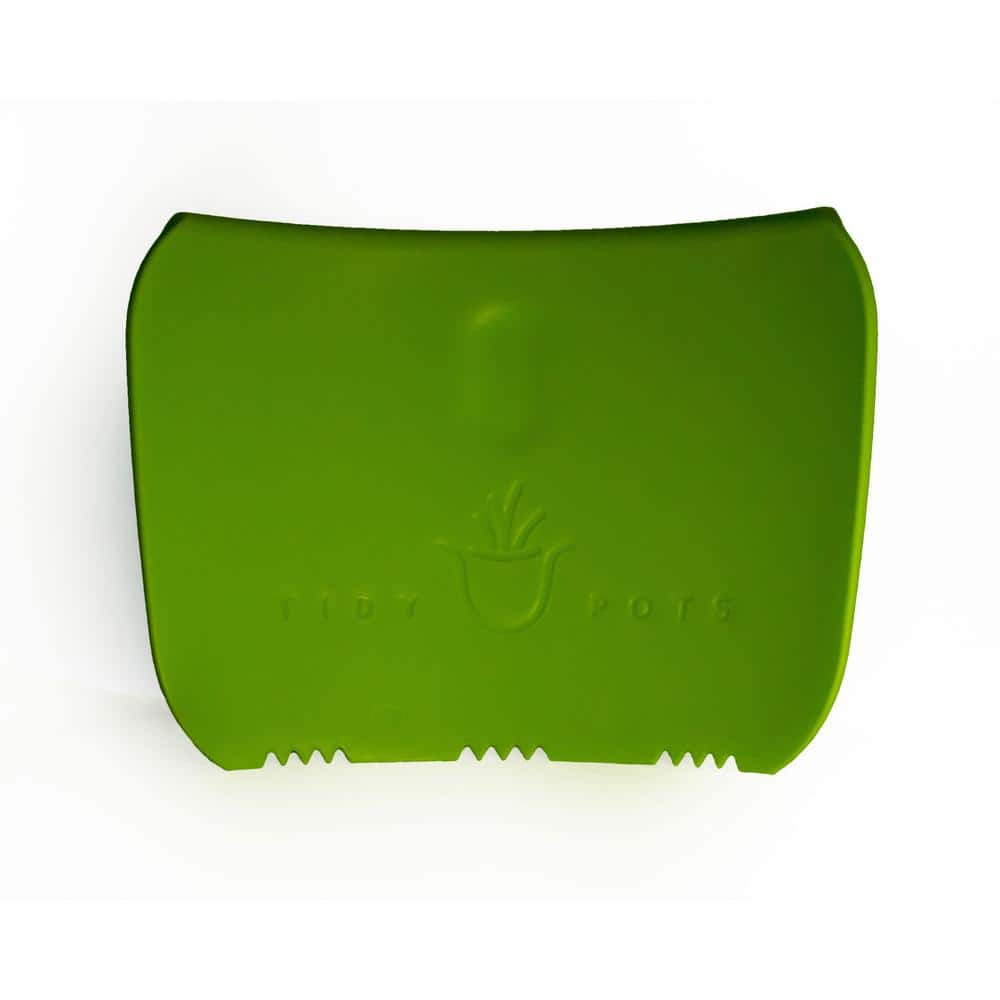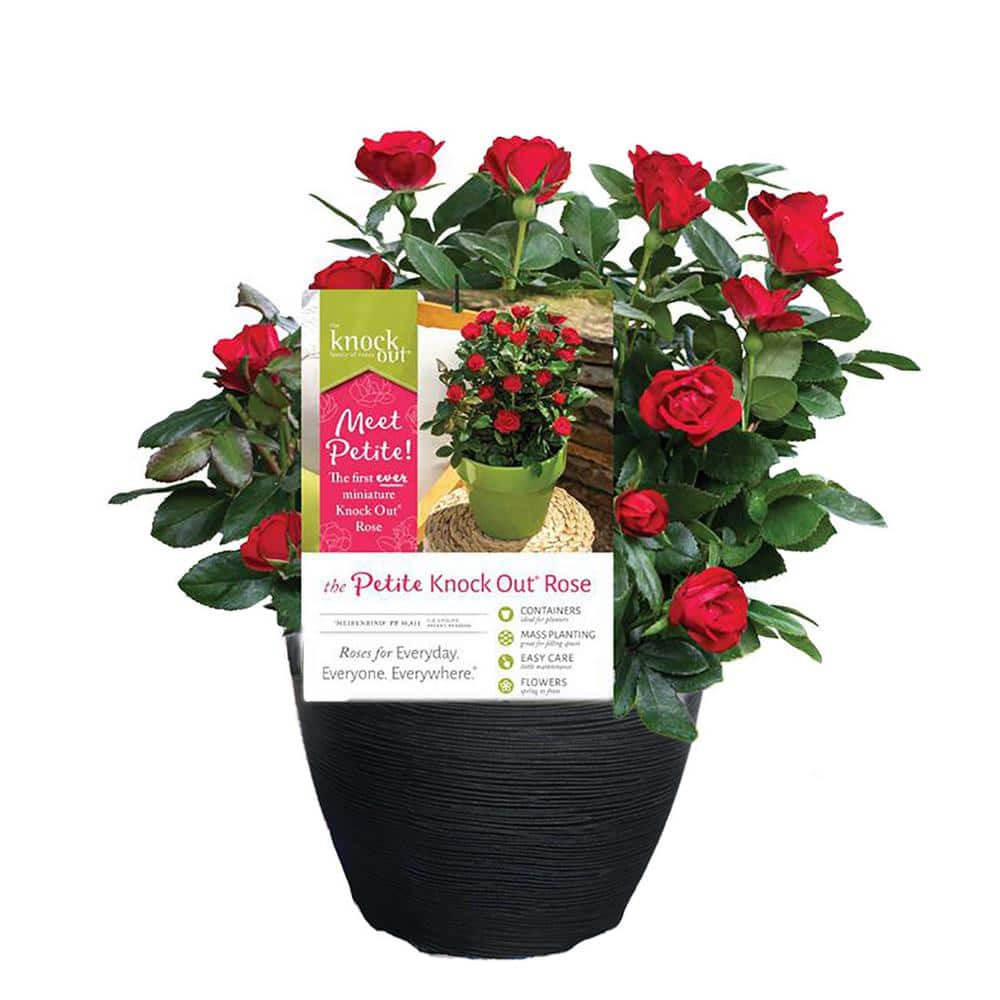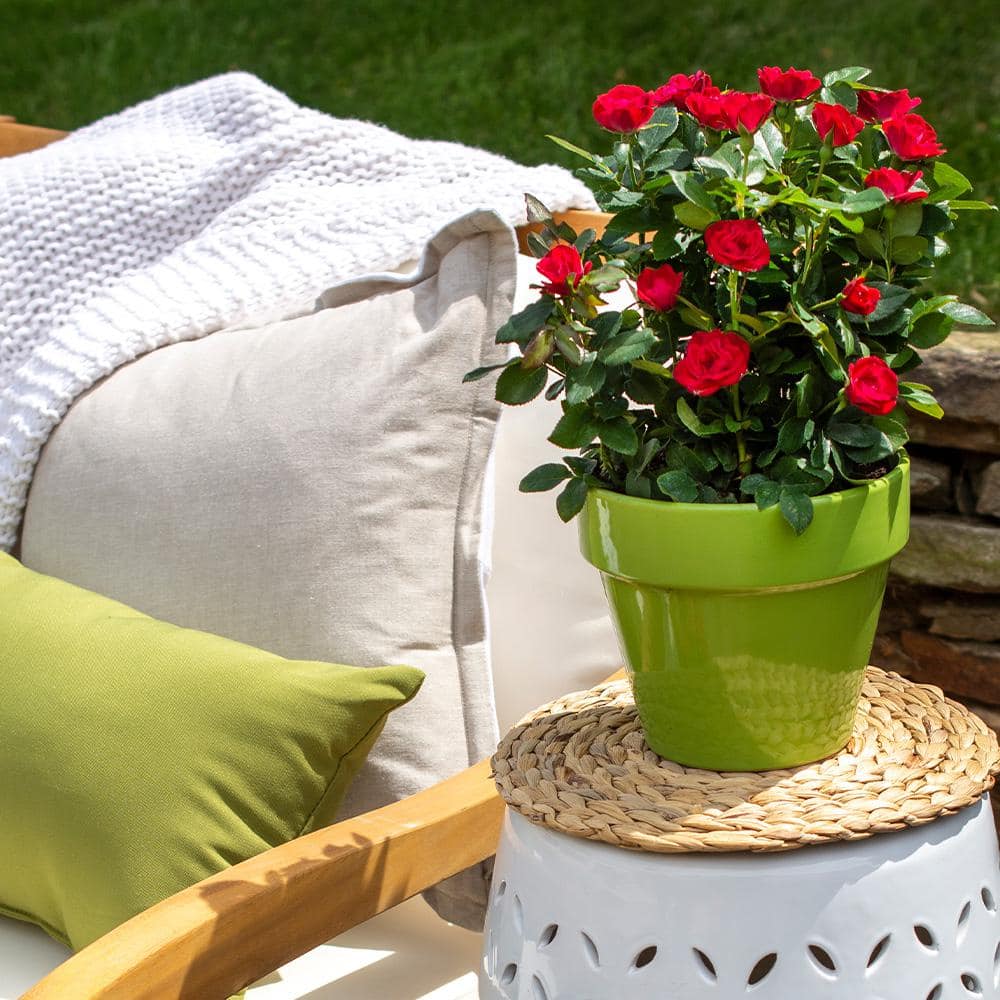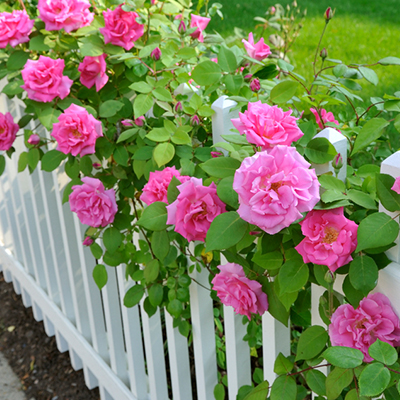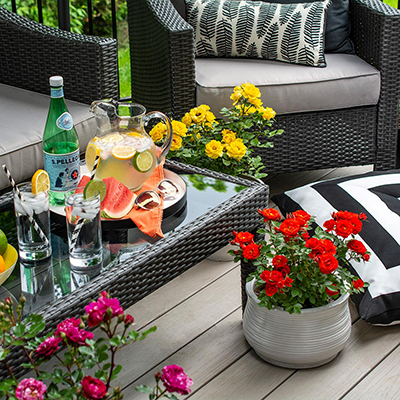Types of Roses and Rose Care
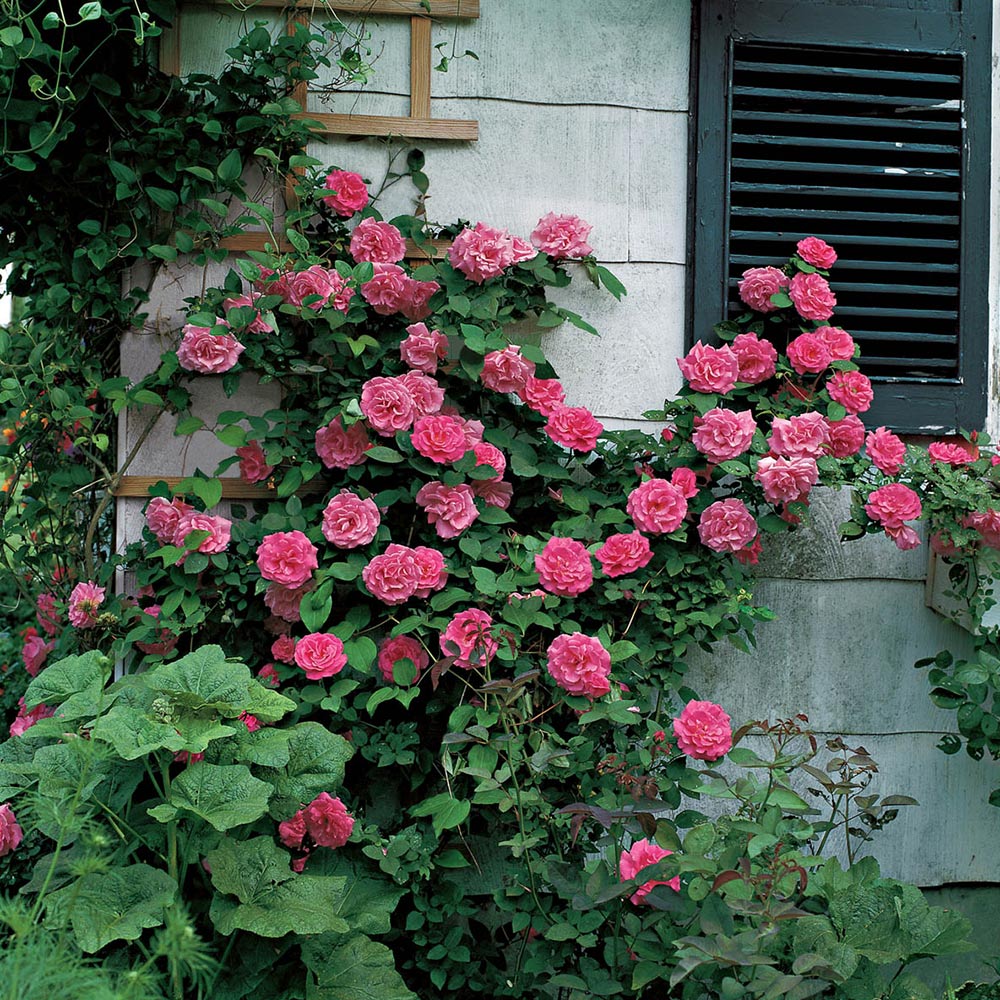
Last updated September 7, 2023
Ready to add classic color to your yard with roses, but unsure which varieties match your needs? Consider how much yard space you have for growing roses, and how much time you’re able to spend nurturing your garden.
This guide walks you through the types of roses and helps you choose the best rose for you.
Once you've selected your ideal roses, learn how to care for roses with this step-by-step guide.Once you've selected your ideal roses, learn how to care for roses with this step-by-step guide.
Table of Contents
Find the Right Rose
Types of Roses
Patio Roses
Bouquet Roses
Climbing Roses
Landscape Roses
Find the Right Rose

Shopping for roses can be intimidating. There are many rose varieties in the Garden Center and online. Some bushes are sold bare root, and some are sold in pots. There are climbers and tree forms, too. Roses can attract butterflies and beneficial pollinators. We’re here to take the guesswork out of the process.
Tips to keep in mind as you shop in the Garden Center for roses:
Choose plants with healthy foliage and flowers that are disease-free.
Know what kind of rose you’re looking for and where you’d like to plant it. That will help when deciding to purchase a hybrid tea, floribunda, climber or shrub rose.
Know your hardiness zone. Roses grow best in zones 5 to 8. Check plant tags (and online descriptions) for roses that can handle your climate.
Rose Gardening Basics:
- Bare root roses are planted in late winter and early spring. They are dormant plants that will establish roots and grow strong in your garden.
- Buds are produced on the stems. Buds can become flowers or foliage.
- Canes are the stems of roses. They can be the main stem or the branches.
- Deadheading means removing spent blossoms from plants.
- Rose hips are the fruit of rose plants. The hips contain the rose seeds.
Types of Roses
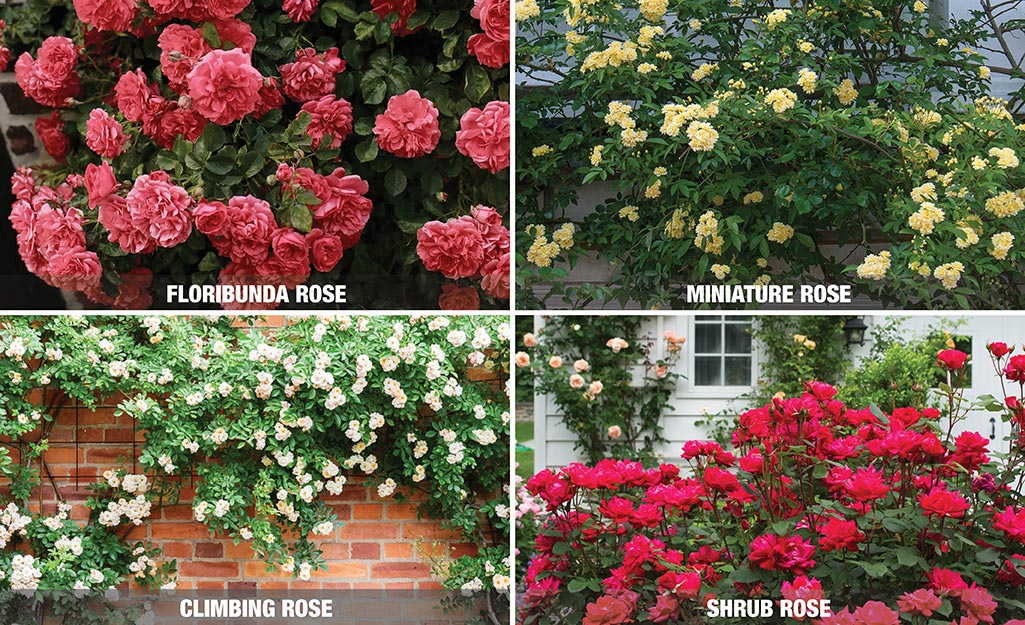
Choose between hybrid teas, floribunda, grandiflora, shrub, miniature, climbing roses and patio trees.
Hybrid tea roses are the type of roses florists prefer. Hybrid teas grow tall with minimal foliage, and have single blooms on each long stem.
Floribunda roses remain compact as they grow, reaching a max height of 2 to 6 feet. Floribunda roses are bred by crossing polyantha roses and hybrid teas. They have the same range of colors and bloom structure as hybrid teas, but with multiple blooms on each branch instead of just one.
Grandiflora roses are a cross between hybrid teas and floribunda. The blooms are larger than floribunda and they grow in clusters on long stems.
There are many types of shrub roses. The hardiest variety of roses, shrub roses come in reds, pinks, white and yellows, and some feature double blooms. Shrub roses are hybridized to withstand diseases and pests, and don’t carry a fragrance.
Miniature roses stay under 2 feet and thrive in containers, edging and low hedges. These roses are delicate due to their stature. Display miniatures like you would treasured indoor plants, in beautiful planters in your outdoor entertaining space.
Climbing roses reach from 8 to 20 feet on arbors, fences, trellises and larger mailboxes. As the plants grow, secure new growth with rose ties. This will train the climber in the right direction.
Patio tree roses are roses grafted to rootstock. Larger tree roses feature multiple grafts, often miniature rose varieties on the rootstock. Patio tree roses are a great way to display rose blooms at eye level.
In the Garden Center, you’ll find roses categorized by how gardeners use them. The categories are:
- My Patio
- My Bouquet
- My Climbing
- My Landscape
- My Painter’s Palette
Patio Roses
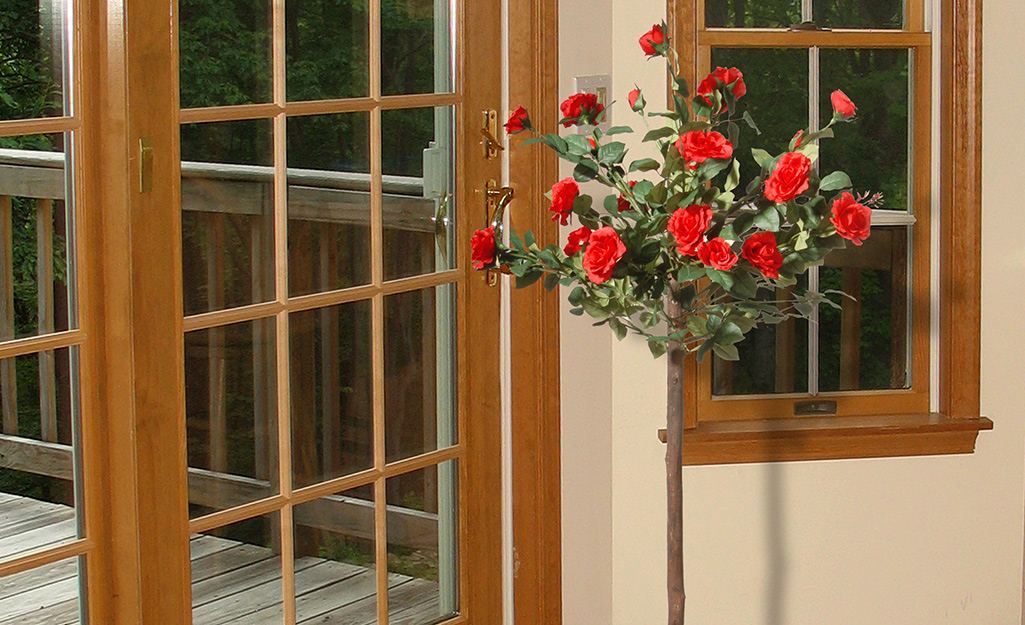
Patio roses are versatile, low maintenance plants perfect for small space gardens and containers. Varieties are compact and offer perpetual bloom cycles.
Types of roses included in the patio collection include floribunda, miniatures, shrub roses and hybrid teas.
Bouquet Roses
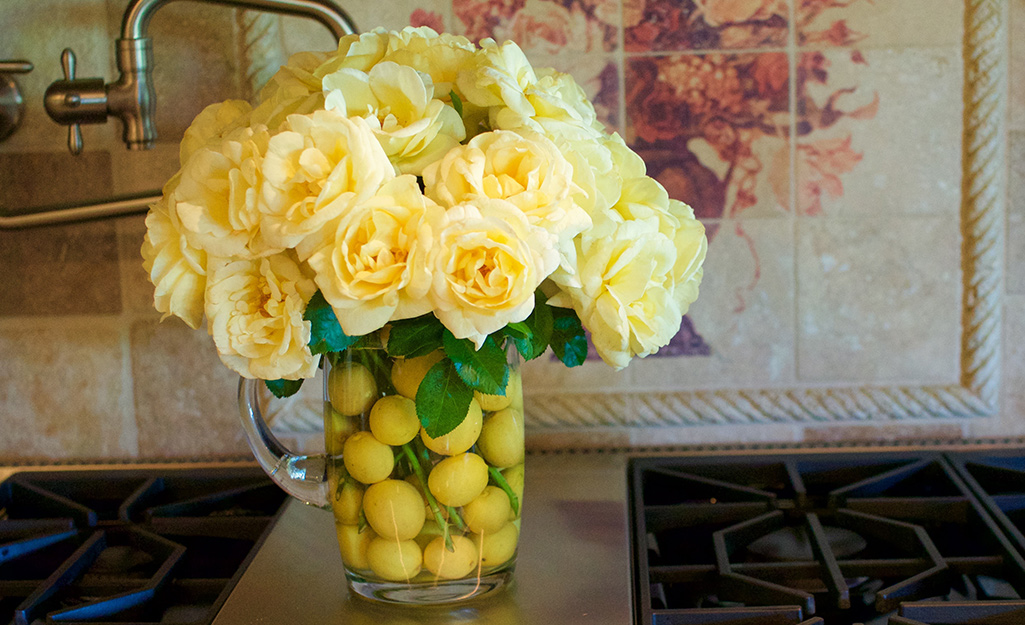
These roses are best for cutting for bouquets. My Bouquet roses are fragrant and have long stems, ideal for making beautiful bouquets all season long. The collection includes hybrid teas, floribundas, grandifloras and shrub roses.
Climbing Roses
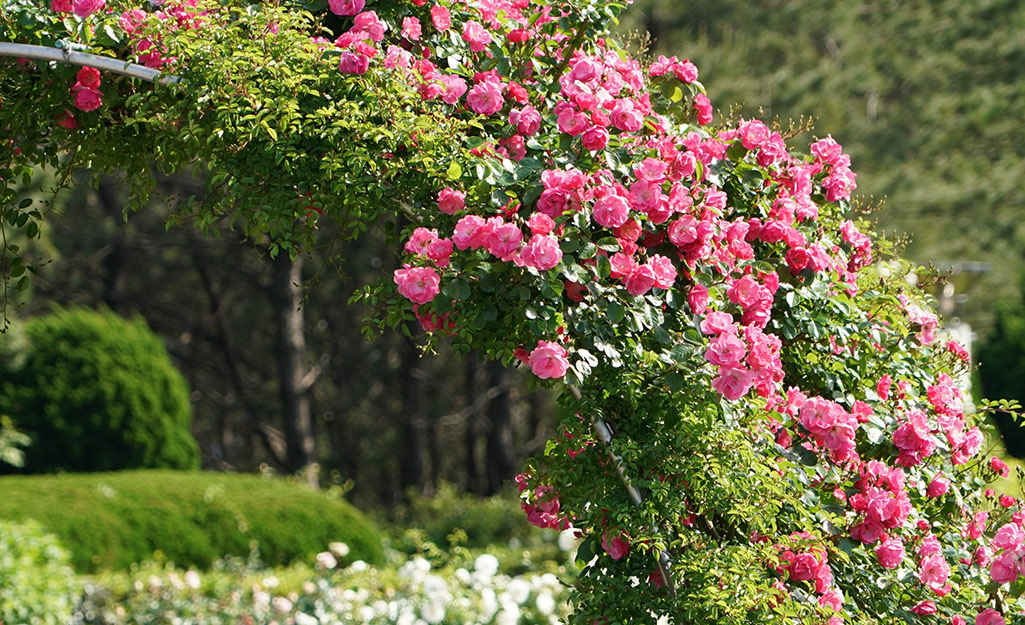
Climbing roses grow up trellises, walls, pillars and spill over arbors. The collection features a range of colors and fragrances with repeat bloomers and vigorous climbers.
Landscape Roses
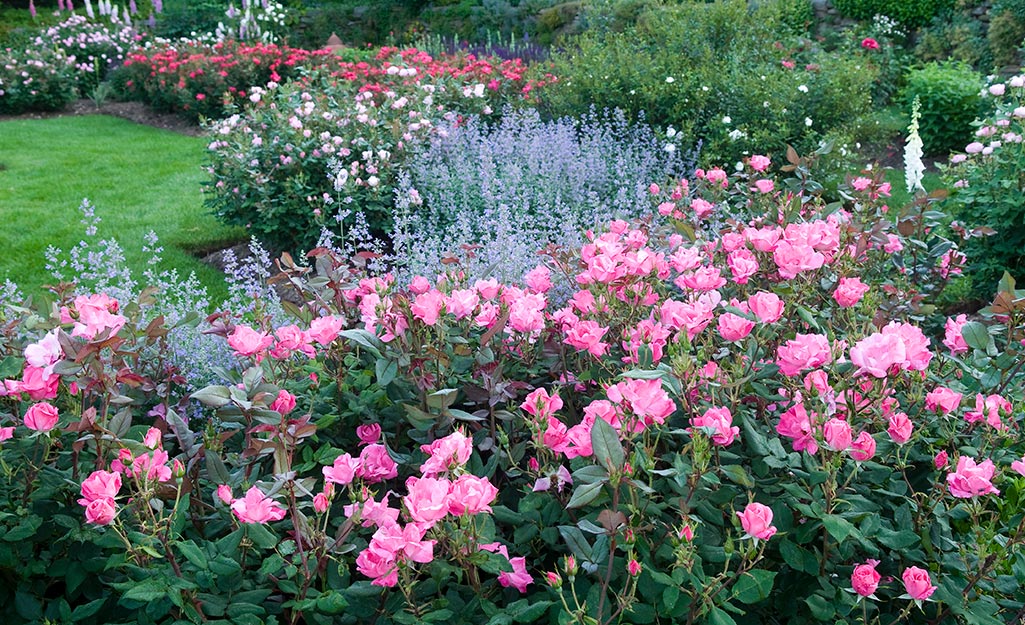
Landscape roses are known for flower power, disease resistance and easy care. Low maintenance roses in the My Landscape category are easy to grow. Can be used as hedges and to screen in the landscape. Low-growing shrub roses can be used as groundcover roses, as well.
Specialty Roses
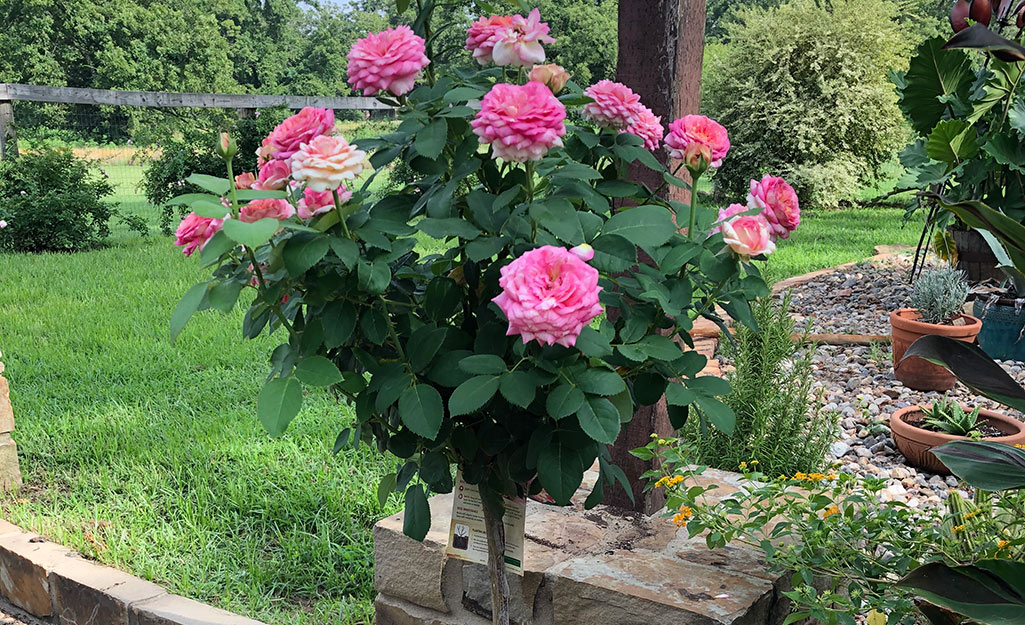
My Painter’s Palette is a series of high contrast striped roses inspired by French Impressionist painters. Varieties produce large blooms with outstanding fragrance and distinct coloring.
Tools for Rose Care
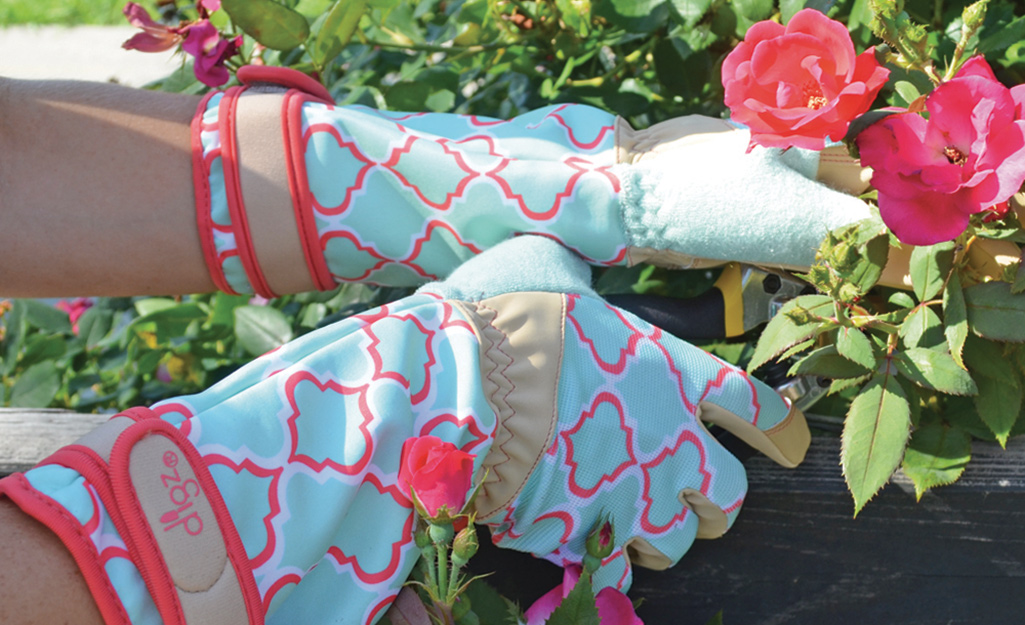
You’ll need some special tools for rose gardening. Rose gardeners use rose gloves with leather gauntlets that protect arms from scratches. You can wear most work gloves for gardening. But when you’re working with roses, look for high-quality gloves thick enough to save your skin from sharp thorns.
Roses need routine pruning, and of course, you’ll cut flowers for bouquets. Choose sharp pruning shears for everyday pruning. Next-level rose gardeners will need loppers and pruning saws to trim roses.
Full sun rose beds can get weedy. A blanket of mulch will keep weeds down, but you will always find use for weeding tools. Look for hand-held weeders for tender weeds that you can reach. Consider a long-handled weeding tool that can access weeds close to thorny rose bushes.
Roses need regular applications of rose fertilizer and fungicide. Use a multi-purpose pump sprayer to mix up solutions and spray targeted areas of your rose bushes.
You’ll need a garden hose with an adjustable nozzle. A watering wand makes it easy to direct the water to the base of the plant. Drip irrigation is a great way to keep plants watered during extreme heat.
Climbing roses need trellises and training wire to guide their growth. Choose from plant ties that twist close, or wire that you cut to size and wrap around stems.
How to Care for Roses
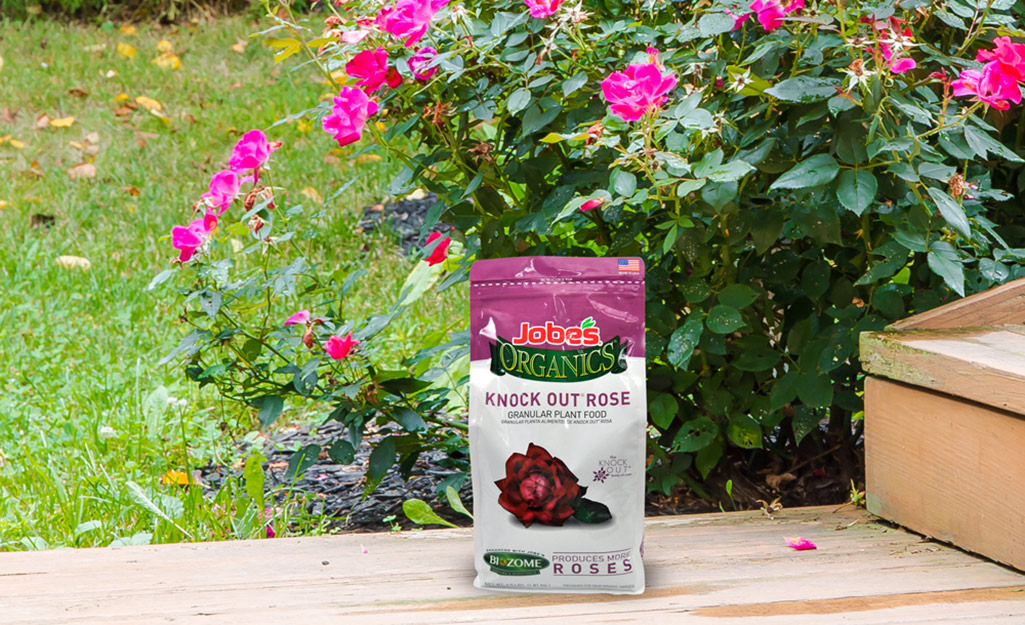
Plant roses in fertile, well-draining soil. The best way to improve your soil is to amend with organic compost. Compost will aid the soil’s ability to drain away water and keep your roses’ roots happy.
It’s always a good idea to perform a soil test before planting and amend your soil based on the findings. You can get a low-cost soil test from your local Cooperative Extension Service.
Select a fertilizer that’s formulated for roses. These have a higher ratio of nitrogen to phosphorus and potassium (N-P-K). Learn more about N-P-K and plant fertilizers. Garden experts fertilize roses at least three times a year. First, in early spring, after the first bloom in June and a final application in late July.
Even if planted in full sun, roses can be prone to black spot. For this reason, it’s good practice to remove dead leaves from rose bushes. In humid climates, this may not be enough to prevent black spot. Check leaves regularly for signs of the disease.
Treat black spot fungus with anti-fungal spray. Follow the package directions for treatment. With most products, plan to reapply every seven days throughout the summer.
Tips for Growing Healthy Roses
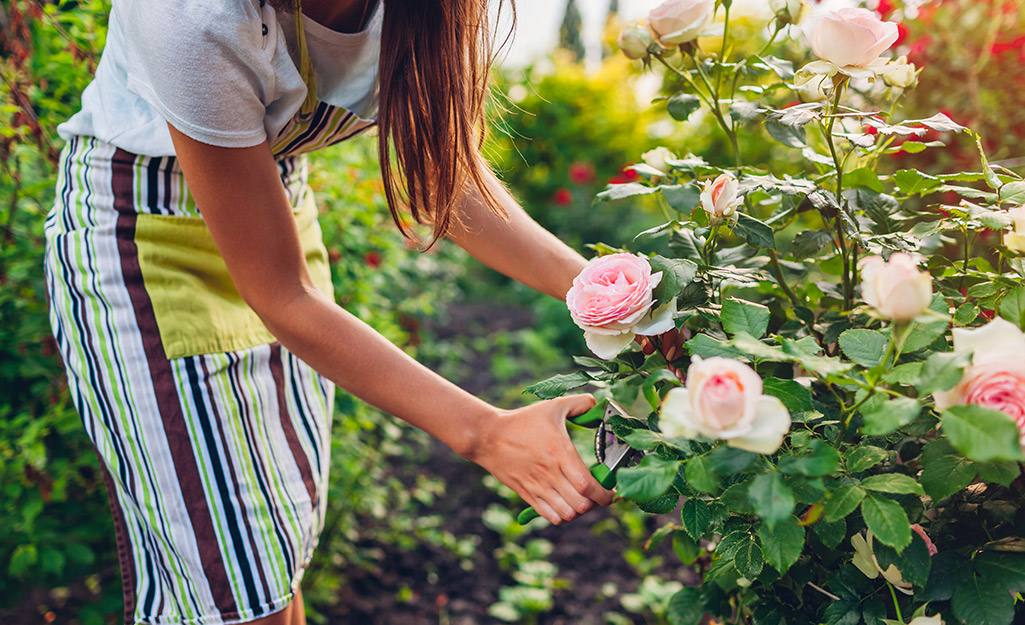
Learn how to care for the types of roses in your garden with these tips.
- Gardeners say that roses “sleep, creep, then leap.” This means that roses spend 2 to 3 years in the garden before thriving.
- Roses like a layer of mulch or pine straw 1 to 2 inches thick spread over their roots.
- Roses need plenty of sun. The more sun equals more flowers and less chance of fungus damage. Plant roses where they’ll receive a minimum of six hours of sunlight a day.
- Roses do not like wet feet. Do not plant them in areas that get wet or that drain slowly. Water when planting, and then as needed as they grow.
- Pruning shapes rose bushes, removes dead wood and helps the bushes produce more flowers. Increased air circulation reduces disease pressure.
- It’s important to scout for fungal diseases like black spot. Black spots appear on the foliage when infected and that weakens the plant. Remove infected leaves and throw them in the trash. That way, diseased leaves won’t infect other healthy plants. Use fungicides to control black spot fungus.
Make use of downtime in winter and update your rose gardening plans for the next summer. And when you're ready to plant roses, remember The Home Depot delivers online orders when and where you need them.
